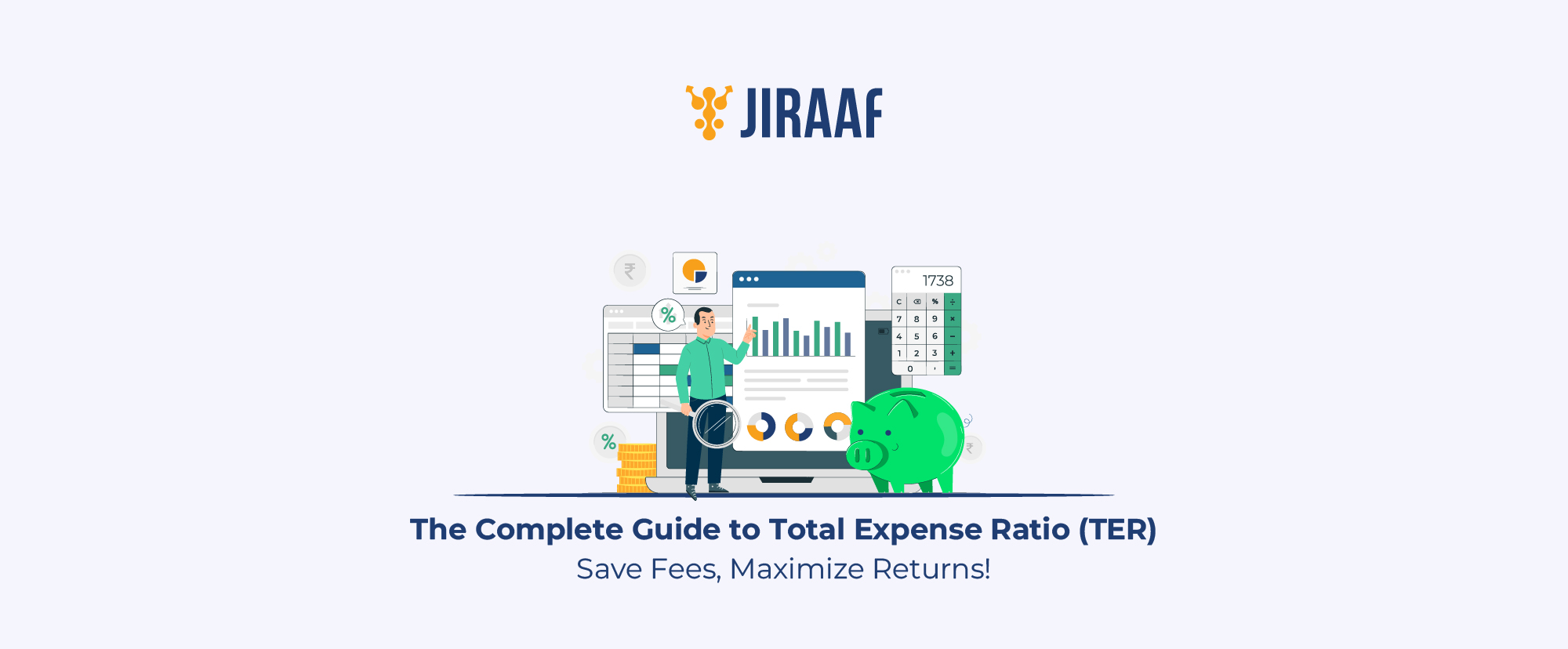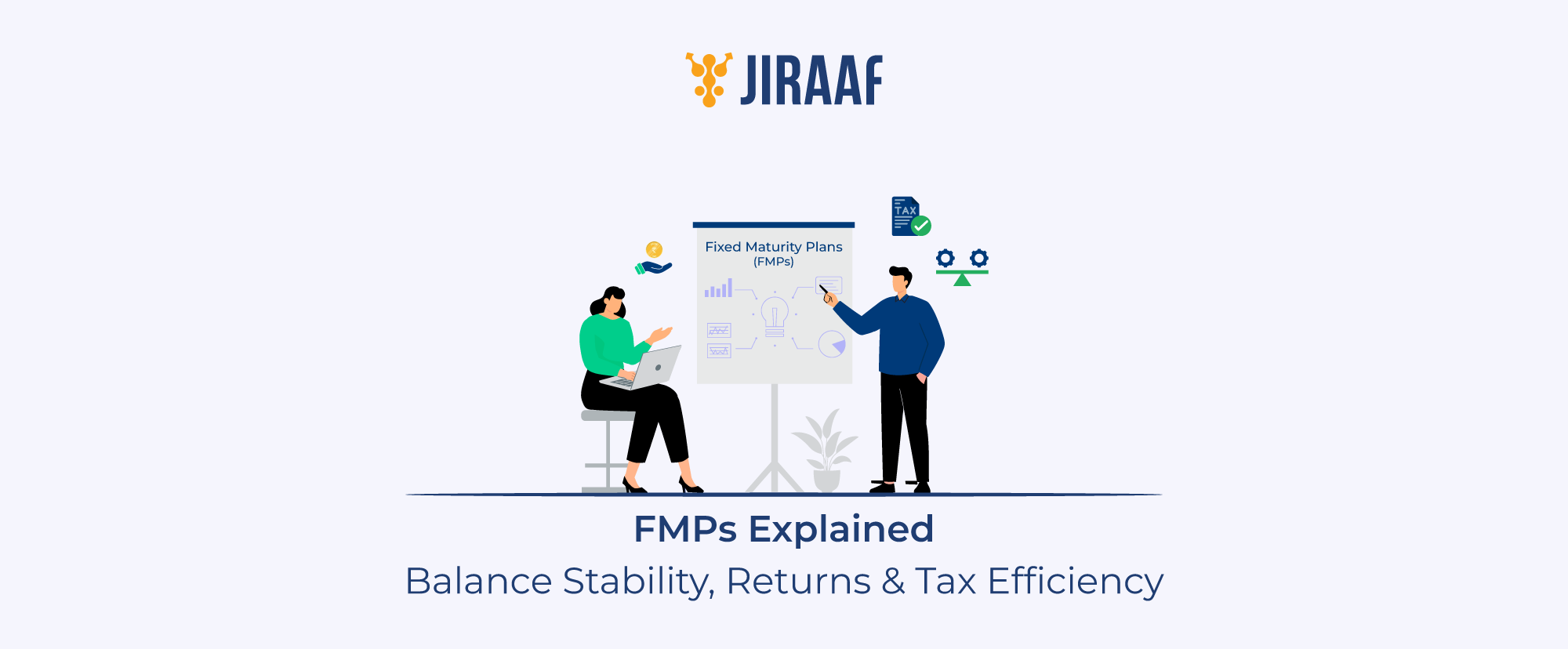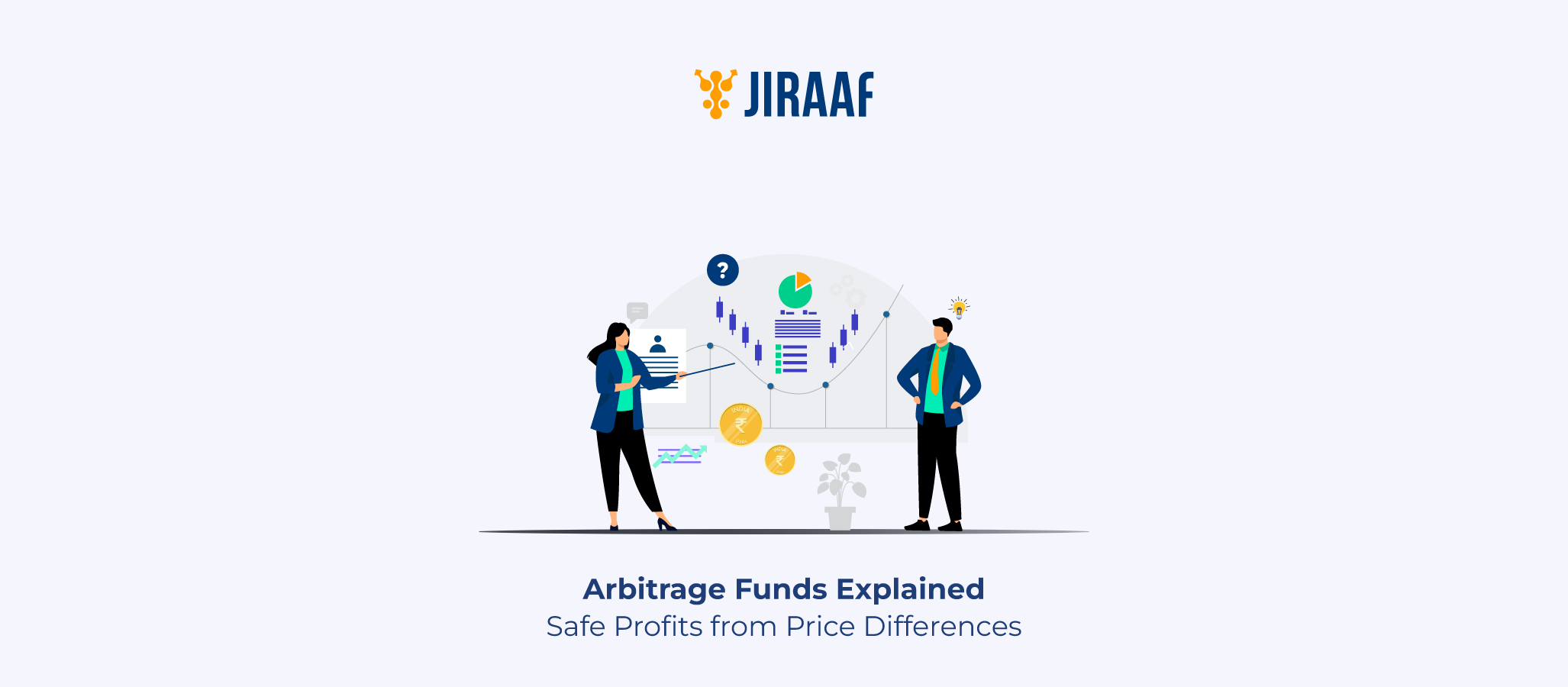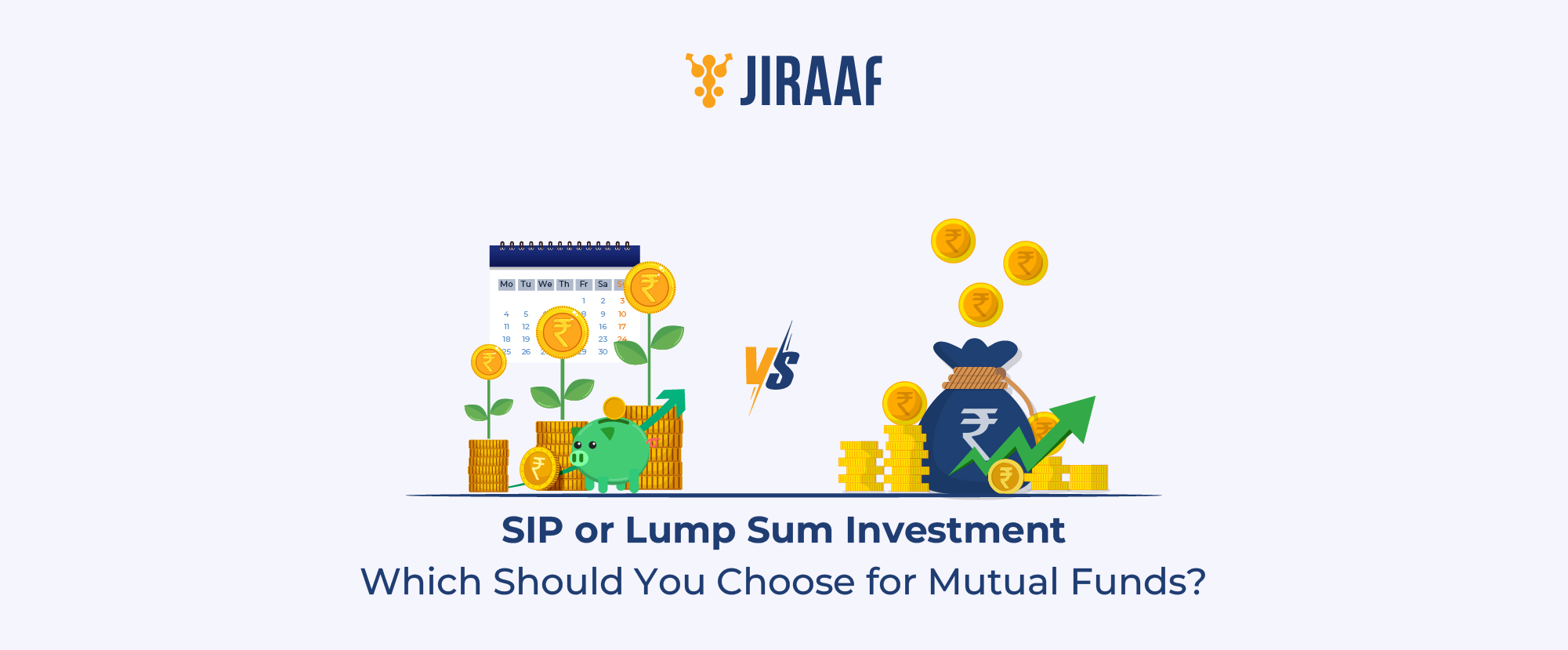The Total Expense Ratio (TER), in simple terms, represents the annual cost of managing a mutual fund, expressed as a percentage of the fund’s total assets. It includes various expenses such as administrative charges, transaction costs, marketing and distribution fees, audit fees, custodian and registrar charges, among others. These costs are collectively borne by the investors and are deducted from the fund’s assets. TER is essentially the fee charged by the Asset Management Company (AMC) for managing and operating the fund, and it directly affects the net returns received by investors. Lower TER generally translates to higher potential returns.
What is TER in Mutual Fund?
The Total Expense Ratio (TER) in mutual funds is the fee charged by Asset Management Companies (AMCs) to cover the cost of managing and operating the fund. It is calculated as a percentage of the fund’s net assets or Net Asset Value (NAV). TER includes a range of expenses such as legal fees, administrative costs, distribution expenses, and fund maintenance charges.
According to SEBI’s Mutual Fund Regulations, 1996, while there is no specific cap on individual expense categories, the overall TER must remain within the prescribed limits set by SEBI. This provides AMCs with flexibility in allocating expenses, as long as the total cost does not exceed the regulatory threshold. As TER directly impacts investor returns, it remains a critical factor to consider when selecting a mutual fund.
What is Good TER in a Mutual Fund?
The TER is an annual fee that mutual funds impose to cover management, administrative, and operational expenses. When it comes to mutual fund TER, anything less than 1% is regarded good. Lower TERs are desired because they imply that just a tiny fraction of your investment is being charged as fees.
Here are the SEBI-Approved TER limits for 2024:
| Fund Type | Good TER Range | SEBI Cap |
| Index Funds | 0.1%-0.5% | 1% |
| Debt Funds | 0.2-0.8% | 2% |
| Equity Funds | 0.5%-1.75% | 2.25% |
| International Funds | 1.0-1.5% | 2.50% |
TER is an important factor because it can affect your costs. Consider investing ₹5 lakh in two mutual funds for 15 years, each with a 10% annual return before expenses: Fund X has a TER of 0.5% and fund Y has a TER of 1.5 %. Fund X (0.5% TER) yields a net return of 9.5% annually and its final corpus is around ₹19.69 lakh. Fund Y (1.5% TER) yields a net return of 8.5% annually and its final corpus is approximately ₹16.83 lakh.
How is TER Calculated in Mutual Funds?
TER calculation follows a simple formula:
Total expense ratio = (Total expenditure incurred / Total fund assets) x 100
Here, total expenditure, as mentioned, refers to all expenses incurred while working the fund, from administrative costs to all other types of operational expenses. Total fund assets mean the market value of all stocks and bonds in which the fund is invested at any given day. Let’s understand this better with an example.
Assume that you have invested in a mutual fund with total assets of ₹100 crores, and its expenses include:
Administration costs: ₹40 lakhs.
Legal and accounting fees: ₹30 lakhs.
Sales and marketing: ₹35 lakhs.
Other operating expenses: ₹10 lakhs.
The sum of all these gives you the overall expense of ₹1.15 crore.
In this situation, the TER for the fund will be 1.15% (1,15,00,000/1,00,00,00,000).
What is Base TER in Mutual Funds?
The base TER in mutual funds refers to the standard fee levied by the fund house to cover the operational expenses on hand. It is calculated as a percentage of the fund’s average assets under management (AUM). In general, the TER is made up of the base TER and any additional expenses as specified under the regulations 52(6A)(b) and 52(6A)(c), and goods and service tax (GST) act.
According to the Association of Mutual Funds in India (AMFI) and SEBI guidelines, for actively managed equity funds, this fee can be up to 2.25% of the fund’s size, depending on how much money the fund manages (AUM). For example, they can charge up to 2.25% on the first ₹500 crore, and the rate reduces as the fund grows.
Debt funds have slightly lower limits – 0.25% lesser than equity funds at each level.
Some funds may also charge additional costs, like exit loads or performance fees.
It’s important to check and compare TERs before investing, because a higher TER reduces your overall returns, especially in the long run. Lower fees generally mean more of your money stays invested and working for you.
Impact of TER on Mutual Fund Returns
TER in mutual funds might affect your returns. TER has a direct impact on the scheme’s NAV. When the TER is low, the NAV increases, and you could get potentially higher returns. Let’s look at an example.
Assume fund X has a TER of 0.5%, while fund Y has a TER of 1.5%. Assume both funds achieve a 10% gross return for the year. Here is a table that shows net returns to help you understand the impact.
| Fund X | Fund Y | |
| Gross Annual Returns (G) | 10% | 10% |
| TER (T) | 0.5% | 1.5% |
| Net Annual Returns (N=G-T) | 9.5% | 8.5% |
This makes it one of the most crucial factors to consider when considering investing in funds. This will allow you to invest in the most beneficial mutual funds and get decent returns. Factoring in the TER when investing in mutual funds is essential, as it helps you make informed decisions and assess the true cost of your investment.
How to Compare TER Across Mutual Funds?
Comparing the TER of mutual funds is critical for minimizing costs and maximizing your returns. You can compare the TER in several ways, some of which are:
- Checking the fund category: Equity funds usually have a higher TER (1.5%-2.5%). Debt funds, ETFs and index funds have lower TERs (0.1%-1.5%). Hybrid funds usually fall between the two.
- SEBI’s TER limits: Evaluate SEBI caps TER based on AUM. Choose funds with a TER lower than the category average.
- Compare plans: Look at the differences between direct, which mainly have a lower TER, and regular plans, include commissions (0.5%–1% higher TER).
- Check TER trends: Some funds raise TER as AUM rises. New funds can initially offer lower TERs but then raise them too. Check historical TER using factsheets (AMFI/Value Research).
- Impact of TER on returns: To determine how TER affects long-term wealth, apply the rule of 72.
Conclusion
In conclusion, understanding the total expense ratio in mutual funds is critical for making smart investment decisions. The TER has a direct impact on your net returns, making it one of the most essential factors to consider when you are evaluating mutual funds. A lower TER simply means that more of your money stays invested and grows over time, but a higher TER can considerably reduce your returns, especially in the long run. Always compare the fund’s TER to its category, performance, and investment approach. Compare direct and regular plans and stay up to date on SEBI’s TER rules. Selecting a fund with a lower TER can help you maximize your returns, especially when the fund’s performance is otherwise comparable. So, the next time you invest in mutual funds, consider not only past results but also the look at its TER.
FAQs
What is the full form of TER in mutual fund?
TER stands for the total expense ratio of the mutual fund. It is the annual fee that a mutual fund charges investors to handle investments. This comprises of management fees, administrative expenses, distribution costs, and other operational expenses. The TER is calculated as a percentage of a fund’s average assets under management (AUM). A lower TER implies reduced costs and can result in greater long-term returns.
Why is TER important for mutual fund investors?
The TER is an important metric for investors pooling their money into mutual funds because it has a direct impact on their net returns. A higher TER means that more of the investment is spent on fees and expenses, lowering overall returns. Over time, even a minor difference in TER can have a substantial influence on wealth owing to compounding. Thus, comparing TERs enables investors to select cost-effective products that are maximizing long-term returns.
Does a higher TER mean lower returns?
A higher TER indicates that a greater proportion of the fund’s earnings are absorbed by expenditures, leaving less returns for investors. This can have a significant impact on the overall returns, especially over longer investment horizons.
How is base TER different from total TER?
Essentially, base TER covers the necessary annual running expenses, such as management fees. It is the primary cost of running the fund, whereas, total TER calculates all costs, including base expenses, while also providing a more thorough picture of the overall cost of investing in a mutual fund.
Discover fixed income investments with Jiraaf, a SEBI registered online bonds platform that educates and brings access to a wide array of bonds. Sign up today to explore diversified fixed income investment opportunities to support your goal-based wealth creation journey. Start investing!









